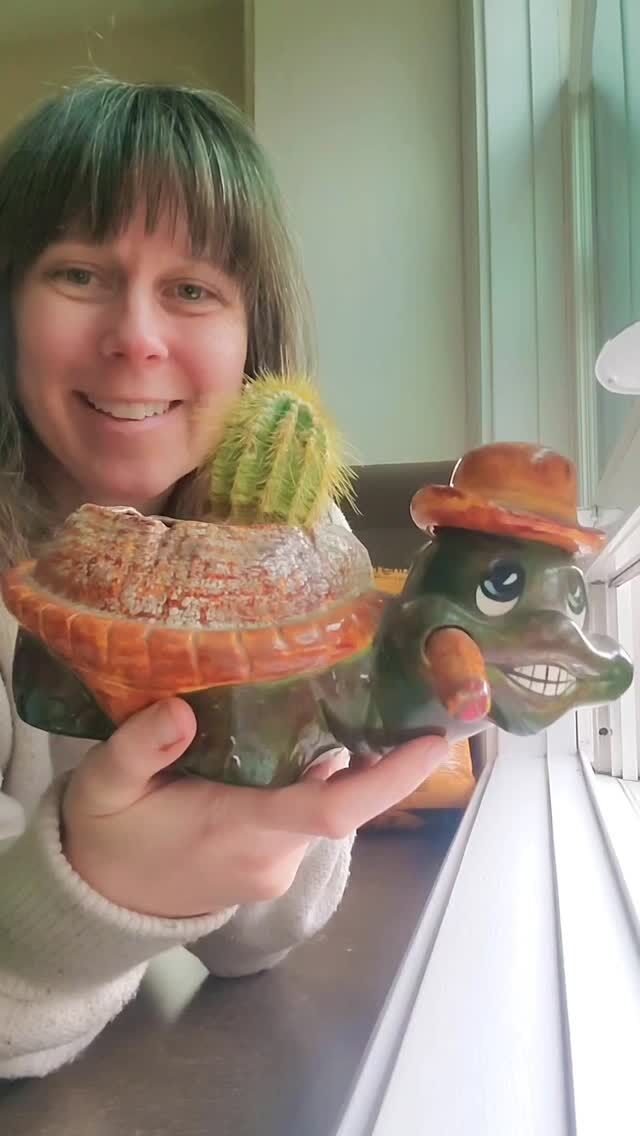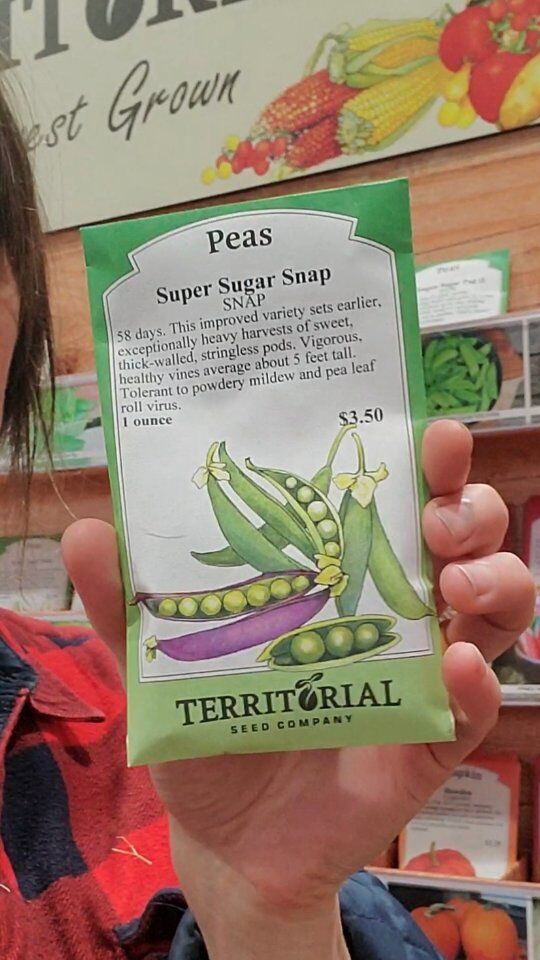Garlic generally produces the best crops when planted in the fall. The winter months allow it to develop a strong root system, allowing it to take off when spring finally arrives. Ideally, you should plant your garlic a couple weeks after the first hard frost. For those in mild climates like Portland, we have most of November to still get garlic in the ground. You want it planted before the ground is hard frozen for winter.
There are two groupings of garlic you can choose to plant: hardneck and softneck. The hardneck varieties are similar to what you see in the grocery store with large cloves around a main stem. They are easy to peel and have a strong garlic flavor. Softnecks generally have smaller cloves with a milder flavor. I grow a bit of both and plant stores are carrying an increasing number of interesting varieties to plant.

Keep the papery skins in tact when you plant for seed cloves
A general rule of thumb for planting is to sow seeds at a depth of two times the seed size. Imagine two cloves of garlic stacked on top of each other – that’s about how deep you should plant the cloves, or around 2-3″ into the soil. Keep the pointed end facing up and space each clove about 6″ apart.
Water your freshly planted garlic well, then dress the top of the soil with a thick layer of mulch. I reuse chicken bedding by placing about 6″ on top of the garlic rows, but dried leaves work well too. It will help keep the soil warm and moisture in place.
The green shoots from the new garlic will emerge in about a month, so keep your eyes peeled. They might not grow much over the coldest months of winter, but they should hang on at least. In spring, they will take off after just a few sunny, warmish days.

When harvesting garlic, eat the small ones but keep the biggest ones as your seed stock for the next planting.
I look forward to harvesting the “whips”, or scapes, which are the curly green tops that form in late spring as the plant tries to flower. You don’t want them to flower, since you want their energy going back into the bulb to make fat, juicy garlic. Cut off the “whips” with the unopened flower buds and sauteed them. They have a mild garlic flavor that tastes delicious over chicken or in stir fries.
By mid-summer, the green stalks will have turned brown and died back. That tells you it’s time to harvest the garlic. Save the best cloves to replant the following fall. This way in a few years you will have started to cultivate your very own variety of garlic. It will be well-adapted to your garden conditions and you will never need to buy garlic again!






 I start with a
I start with a



 There's a go
There's a go


